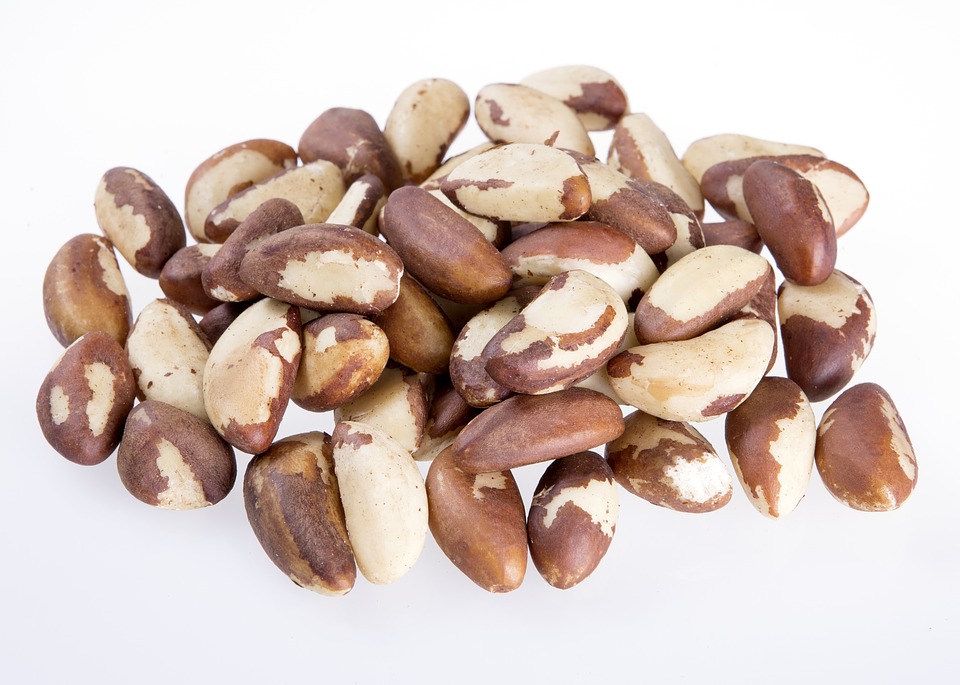A quest to eat healthier may have saved my life—not just because I stopped eating junk food, but because I discovered that I could live without alcohol.
My excessive drinking and bad eating habits went hand in hand right from the start. When I was in high school, I would come home from a night of partying with friends and make myself a box of macaroni and cheese. In college, I would consume as little food as possible before a night of boozing, and then chow down on a huge burrito at two in the morning.
Hangover breakfasts were an attempt to ingest as much greasy, carb-laden food as possible. I remember how proud I was one morning to gobble down two Sausage Egg McMuffins and two hash browns in front of a new boyfriend.
Adult life wasn’t much better. I continued to drink my dinner at least once a week and scarf down a bag of potato chips before passing out. At one job, my office was near a deli with a breakfast bar featuring cheese omelets, bacon, and mini hot dogs in a blanket—all of which I ate heartily on mornings after a few too many.
A lack of energy plus a high cholesterol reading sent me looking for an answer. I read Michael Pollan’s books In Defense of Food and Food Rules, which contain much good sense about eating natural, homemade meals. At the same time, people were talking about elimination diets, and I grew curious about cutting out sugar and additives. Then a friend introduced me to the Whole30 program in the fall of 2014, and my journey officially began.
For one month, I did not eat any grains, added sugars (or sweeteners of any kind), dairy products, legumes, or alcohol—and I felt great! But I confess that at the end of the 30 days, I couldn’t wait to pour that first glass of Pinot Grigio. Over the next two and a half years I completed about three more Whole30s and tweaked my regular diet in the process. I figured out what I could live without (cheese, bread) and what I couldn’t (ice cream, chocolate). Also, I started eating a whole bunch of delicious foods that I used to dislike (eggplant, olives, sardines).
Nearly 32 months elapsed between my first Whole30 and my last drink. But I can say with certainty that eating healthier served as a gateway toward sobriety, and it provided me with a framework this is helping me succeed in recovery.
I’m not here to recommend any specific diet; I just want to share the top five healthy eating concepts that I now embrace.
What We Consume Counts
The substances that we put into our bodies every day impact how those bodies function. I never thought about this much, but once I did, it changed my life.
The point of an elimination program like Whole30 isn’t to deny yourself, but to help identify foods that throw you off your game. I discovered that when I eat too much dairy, my head gets stuffy and my digestive system protests. A diet heavy in grain-based products makes my joints ache. And processed food makes me feel lethargic and foggy. Of course, alcohol did all those things and more.
For decades, I assumed that my gastrointestinal issues were just part of being me. It turns out that changing my diet and giving up alcohol got rid of them entirely. Living without stabbing stomach pain and mad dashes to the bathroom is truly a beautiful thing.
Set Healthy Eating Deal-Breakers
Through Whole30, I learned about “foods-with-no-breaks”—like cookies, pretzels, or nuts—that some people have a tough time putting down. It occurred to me that alcohol also falls into this category for many of us.
I had tried to moderate my drinking for years, but policing myself required so much effort that I was miserable. I finally realized that I was never going to be the kind of person who didn’t think much about alcohol. Quitting was the logical solution.
Some foods are the same for me, and some are not. I can make myself a tiny bowl of ice cream and eat only that—the pint is safe in my freezer. But I had to stop keeping bags of salty/crunchy snacks in my house because they disappeared too quickly, and sometimes they replaced entire meals, which I deemed a deal-breaker. Knowing where I needed to draw the line was key.
Prioritize Homemade Meals
This is probably the biggest hurdle to eating healthy in the US. Convenience foods are popular for a reason—they’re easy, cheap, and have a long shelf life. When I changed my diet, my grocery bills shot up, and my food prep and clean-up time increased dramatically. I decided it was worth it to feel healthier, but I do recognize the personal privilege that made this decision possible for me.
When eating at home, I try to make things from scratch as much as I can. In addition to meals, I make my own bone broth, mayo, ranch dressing and more. Not only do I avoid consuming all those chemicals, but I’ve learned that when I labor over a meal, I don’t tend to eat as much or as quickly. I no longer stuff myself, which is an incredible feeling—much like giving up on getting tanked.
Resist Snacking and Boredom Eating
When I did my first Whole30 I realized how dependent I was on snacking. I had been eating breakfast bars throughout the day because I wasn’t eating enough at meals. I was also a big boredom eater: I would go to the fridge and stare inside to see what caught my fancy, which was usually a slice or two of individually wrapped cheese.
Cut off from snacking for the first time, I was grumpy and thought it would never last. But I learned rather quickly that I could survive without the latest “healthy” chip or a late-night bowl of cereal. Now, I rarely snack unless I really need something to calm genuine hunger pangs, in which case I have a small handful of nuts or olives. I also try to avoid drinking my food—so, instead of guzzling juice or smoothies, I eat whole fruits and veggies, which are better at filling me up and less sugar-loaded.
Say Good-Bye to Dieting
After cycling on and off the Whole30 for two years, I realized that I was mimicking the dreaded “yo-yo dieting” that plagues so many of us. My history is littered with failed attempts to find the magic diet that would make me skinny and happy. I was particularly fond of cleanses and three-day rapid weight loss diets.
Much like my relationship with alcohol, I wanted a quick diet fix that didn’t require much self-reflection or perseverance. It took me decades, but I finally realized this strategy was not working in either regard.
I ended up using the Whole30 as I believe it’s meant to be used—as a tool to launch a long-term way of eating that fosters an active, vibrant life free from obsessing about food. It worked—I feel healthier than I have in a long time. And my mind is uncluttered with see-saw thoughts of drinking and not drinking, binging and fasting.
Best of all, I still enjoy a good single-dip ice cream cone now and then without any guilt.



